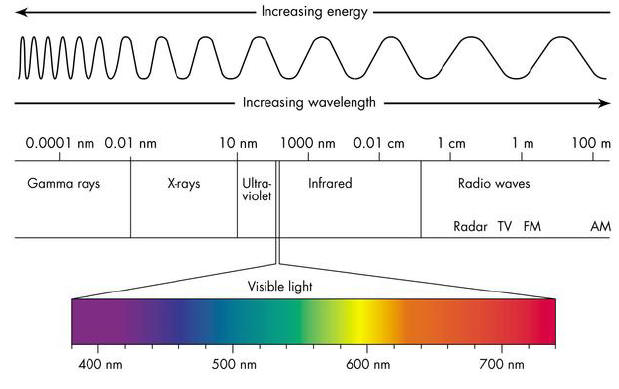Scope of the term: Energy
1) Reflection of Light
We were taught the two laws
of reflection:
1) The incident ray, the
reflected ray and the normal at the point of incidence all lie on the same
plane.
2) The angle of incidence is
equal to the angle of reflection.
We were also taught how to
draw a simple diagram illustrating the reflection of light through a step by
step basis. After learning the basics, we were taught how to draw the
reflection of light rays in convex and concave mirrors: by first constructing
the tangent, then drawing the normal perpendicular to it. The same rule applies:
the angle of incidence = angle of reflection.
2) Refraction of Light
We were also taught the refraction of light. Refraction, or the bending of light, happens when a light ray travels through 2 or more different medians. As the light rays travel from an optically less dense to a denser medium, the light ray decreases speed, therefore, the light ray bends towards the normal. When a light ray travels from an optically denser to a less dense medium, the light ray increases speed, therefore, bends away from the normal. We were also taught how to draw such diagrams and calculate the angle of refraction based on the refractive index, n.There is a formula for deriving the angle of refraction:
n= sin i/sin r
n = refractive index
i = angle of incidence
r = angle of refraction
The critical angle is the angle of incidence in the optically when the angle of refraction in the optically less dense medium is 90 degrees. Any angle of incidence that is greater than the critical angle, total internal reflection occurs.
3) Total Internal Reflection
As stated previously, when an incident ray hits the optically less dense medium at an angle greater than the critical angle, total internal reflection occurs. When this happens, the light ray is reflected as if it had hit a mirror.
Applications of total internal reflection includes: Optical Fibres in Telecommunications, and in Endoscopy. A right-angled prism also allows for total internal reflection.
Applications of total internal reflection includes: Optical Fibres in Telecommunications, and in Endoscopy. A right-angled prism also allows for total internal reflection.
Lens
In lens, we were taught the definition of "focal point", "focal length" and the properties of concave and convex lenses.We were also taught how to draw the diagrams, and we learnt the uses of the 2 different types of lens such as the magnifying glass.
Colours of Light

We learnt about the visible light spectrum, consisting of 7 colours: Red, Orange, Yellow, Green, Blue, Indigo, and violet. Their wavelengths differ, resulting in changes to the speed of light during refraction. The formation of the rainbow is also due to refraction of the light rays and the splitting of light into 7 colours , then being reflected due to total internal refraction, into our eyes.
Term 3 Reflections
This term was a very fulfilling one, as we given many opportunities to understand and apply our knowledge, such as the enriching practical sessions. We were given tasks to do some hands-on work. I found it especially interesting to relate what we observe in the practicals to what we have learnt, as well as to what we see around us everyday, such as the formation of rainbows.This term, I managed to do well due for effort spent. It was an impressive score considering that I had competition during the test period. I hope to continue to be optimistic while working hard.
Additional websites:
http://lumenistics.com/what-is-full-spectrum-lighting/



No comments:
Post a Comment